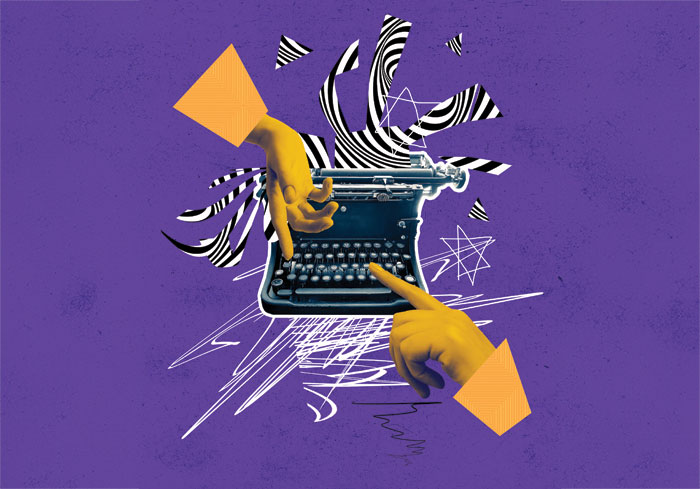Category
December 1, 2010
Sharing cultures through music
Elementary schoolchildren, Jews and non-Jews, many of them Latinos, danced the Mexican Hat Dance in the aisles of the main sanctuary at Valley Beth Shalom (VBS) in Encino. Accompanied by the Los Angeles Jewish Symphony (LAJS), Argentine-born cantor Marcelo Gindlin sang a rousing rendition of the classic song while hundreds of happy 10-year-olds waved and clapped as part of a one-hour program presented by LAJS showing the links between Latino and Sephardic music. In attendance were nearly 1,000 fourth- and fifth-graders from Jewish day schools and their counterparts from largely Latino schools in the San Fernando Valley, as well as about 100 “senior guests,” residents of Jewish homes for the elderly.
UCLA’s Dr. Gary Small: Promoting Sharper Memory, Healthy Aging
In “The Naked Lady Who Stood on Her Head: A Psychiatrist’s Stories of His Most Bizarre Cases” (William Morrow, $25.99), Dr. Gary Small and his wife, Gigi Vorgan, detail therapeutic challenges Small has encountered throughout his career as well as incidents from his personal life. In the final chapter, “Sigmund Fraud,” the book touches on aging by recounting what happened when Small’s friend, also a psychiatrist, started developing Alzheimer’s.
Gidget makes case for healthy aging
Kathy Kohner Zuckerman was 16 years old when her father, Frederick Kohner, published a novel based on her adventures on the beaches of Malibu. The book spawned movies and television shows, and Gidget — the fictional character inspired by Zuckerman — became an international surfing icon.
English, Hebrew and the brain’s language-reading process
Is the English-reading brain somehow different from the Hebrew-reading brain? You might not expect any major differences; after all, both languages are alphabetic and are read more or less phonetically by breaking words into their constituent sounds. Compare English and Hebrew to a logographic language like Chinese or Japanese, and the similarity between the alphabetic languages becomes obvious. But new research by Hadassah University researchers Atira Bick and colleagues, published online in October in the Journal of Cognitive Neuroscience, found that despite their similarities, there are some key differences in the way the brain processes English and Hebrew words.
The chaotic world of Maira Kalman
The title of the current exhibition at the Skirball Cultural Center, “Various Illuminations (of a Crazy World),” says it all. Among the 100 works on display by artist Maira Kalman, it is her penchant for the whimsical that stands out, such as in the canvas titled “Annual Misery Day Parade,” prompted by watching a parade, thinking that everyone’s cheerful demeanor seemed phony and pondering a different kind of parade in which everyone expressed their real feelings. Those musings gave birth to a work containing marchers who carry banners with the slogans “Paralyzed with Panic Brigade,” “Existentialists Club” and “What’s the Point.”
Music to stir the ‘Jewish Soul’
It looks ridiculously easy. You pull together a dozen or so of your favorite recordings, put them on a CD and release them to an adoring public. But it took Simon Rutberg a dozen years to bring to fruition a lifelong dream, a compilation album that showcases his favorite Jewish and Yiddish classics, sung by an unlikely group of pop, rock and classical artists. Happily for Rutberg, the album, “Jewish Soul: The Heart and Soul of Jewish Music” is ready for Chanukah.
Putting the Jew back in her jewelry
Jewelry designer Liza Shtromberg started out selling jewelry at age 17, as a street vendor on Melrose.
New Articles

What We Should Know About the Dueling Definitions of Antisemitism

History’s Oldest Hatred

Lucky to Have Potluck

Israel Must Finish Rafah

 More news and opinions than at a Shabbat dinner, right in your inbox.
More news and opinions than at a Shabbat dinner, right in your inbox.